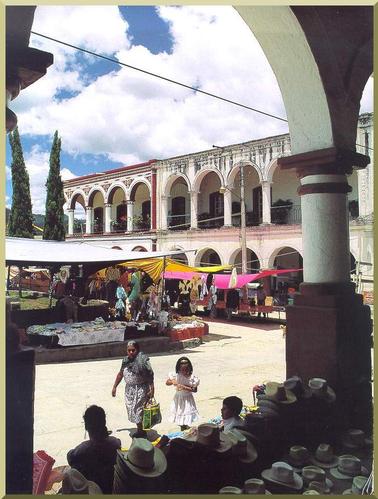|
The community of Tlaxiaco, in Oaxaca, Mexico,
is caught in a serious predicament which is typical of
cities of its size in developing areas in Mexico and Latin America.
In the past three decades, sewage piping has been installed in urban areas,
while sewage treatment was being dismissed as too expensive.
Over the years,
this has led to the pollution of nearby streams, which have gradually turned into open sewers.
Significantly, the rural areas, which are extensive in Tlaxiaco, have managed to avoid
drainage, relying instead on dry sanitary latrines and septic tanks.
The need to clean the streams has been now recognized; yet, there is
increasing social pressure for the rural areas to be connected to
the sewage system, increasing the load to be treated.
In November of 2000, I met with the mayor of Tlaxiaco and his council, and
explained to them the problems they faced: The greater the number of people who flushed,
the larger the required capacity of the treatment system. I advocated a mixed solution,
a combination of drainage and retention, through the use of an
oxidation pond and constructed wetland for the treatment of the wastewater from urban areas,
and dry ecological latrines for the rural areas.
Still, some argued that everybody should be allowed to drain, since it was the
modern thing to do.
Near the end of the meeting, a senior councilman from one of
the rural areas,
who appeared to be new to the toilet-and-drainage system, said,
in a pleading tone:
"I do not understand it! They are going to use all our water!
We are not going to have any left to drink!"
|
|
